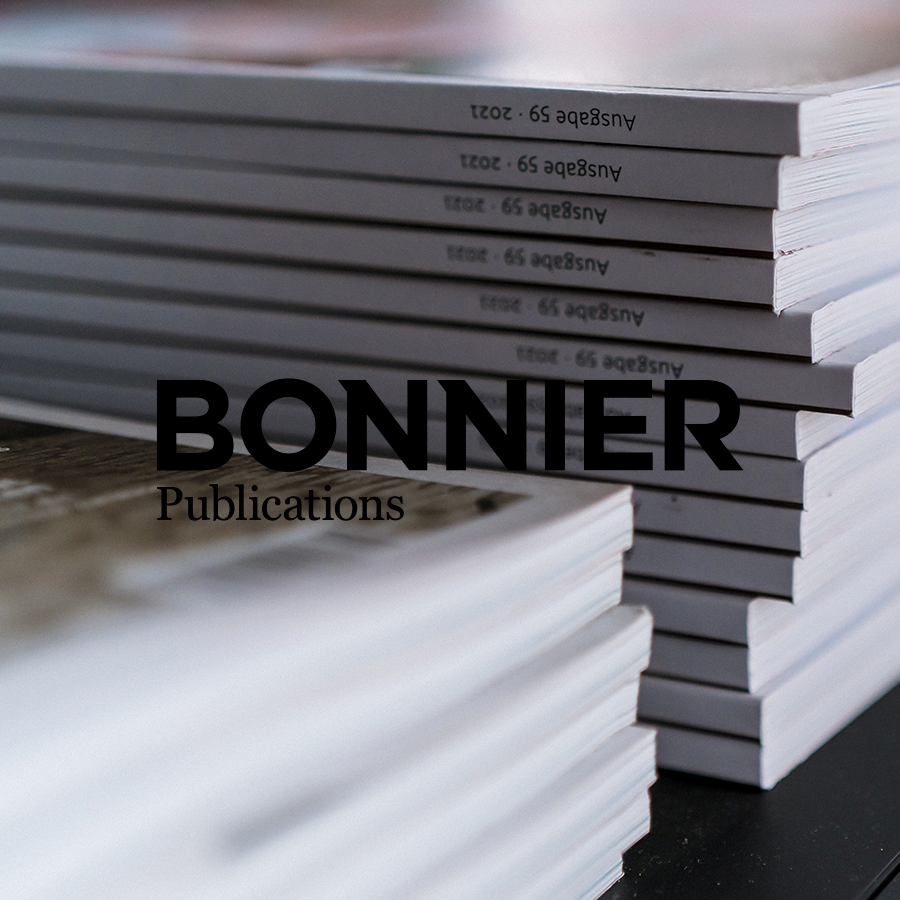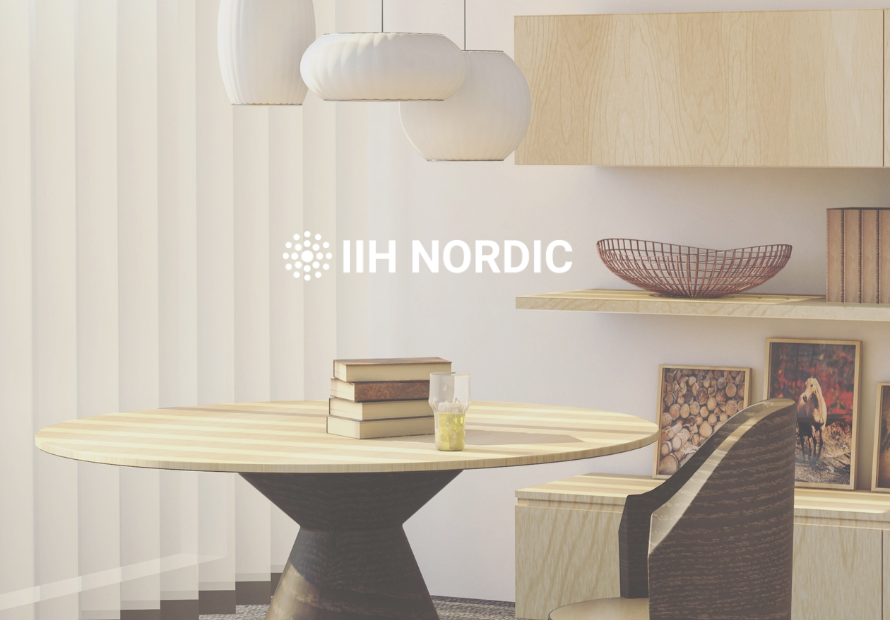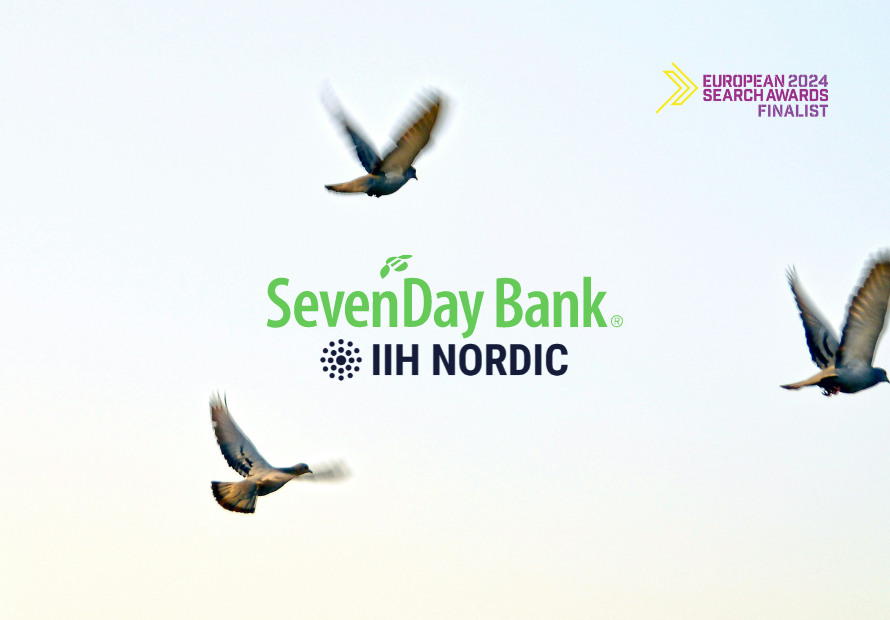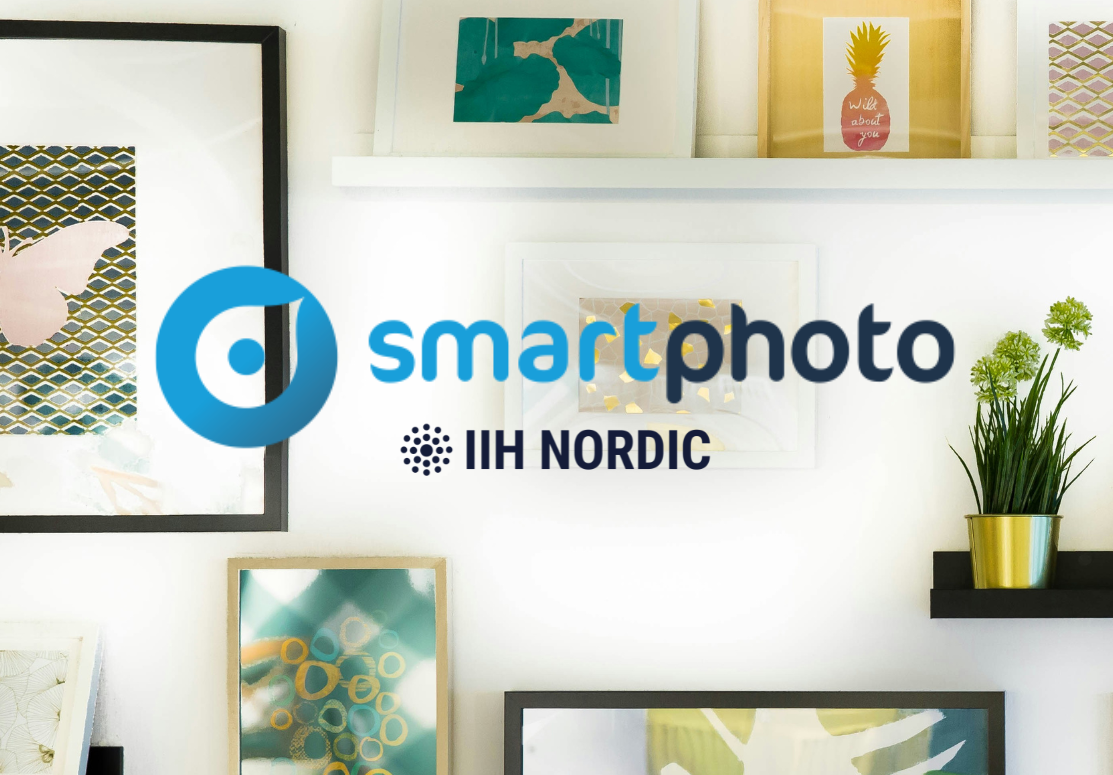Background
Bonnier Publications – the magazine house behind titles such as Illustreret Videnskab, Gør Det Selv and I FORM – wants to entertain, inspire and motivate readers wherever they are.
Therefore, in recent years, we have expanded our portfolio with a new digital growth track – the possibility to take out digital subscriptions for selected brands in all four countries: Norway, Sweden, Denmark and Finland.
Besides allowing us to meet our existing users on the digital platforms – it has also given us the opportunity to expand our customer base. Where we have previously targeted the traditional magazine subscriber, we can now also target digital users.
The digital approach has not only made a difference to the way we do business – it has also created new opportunities for our endeavors to engage subscribers. Digital subscriptions allow us to better understand how users consume our content, and this knowledge is essential for inspiring users with other relevant content.
With these new digital products, we have therefore also focused on engaging customers in new ways, and the use of first-party data and marketing automation has been key.

Bonnier Publications has been strong in traditional print media since 1959, and although we have come a long way in our digital transformation, we always want to evolve and improve. Before the digitalization process, we collected behavioral data, but knowledge was not aggregated at the user level. Therefore, there was no real possibility to use data to activate subscribers on a 1-to-1 basis.
For the same reason, we took a one size fits all approach in the way we tried to activate users – we knew nothing about their current situation and we did not have a real overview of whether subscribers were active or passive on our digital platforms.
With strong collaboration across the organization and in cooperation with IIH Nordic, we have developed various hypotheses on longevity and engagement and thereby created our Digital Engagement Score.
Our Digital Engagement Score is a tool that helps to streamline churn prediction efforts using automated communication. Doing that makes us able to target the right customer – with the right content – at the right time.
Solution
Our ambition was to increase customer engagement with sharp and personalized communication. This required a strong data foundation, which is why we decided to connect the Marketing Automation platform Portrait Dialogue together with Google BigQuery and Google Cloud Platform. This enabled us to work on our Digital Engagement Score.
Our Digital Engagement Score is based on customers’ digital behavior and consists of three parts:
- Recency – Number of days since last visit.
- Frequency – Number of visits in the last 30 days
- Depth – Number of articles read in the last 30 days.
The score is recalculated daily and we always use the latest score as it reflects current behavior. All scores are saved at customer level on a daily basis so we can do the following:
- Track engagement at customer level over time
- Monitor developments at brand/country level over time
- Set up activities based on sudden developments in scores
- Save latest score when customers quit to be able to work with differentiated winback activities.
With Digital Engagement Score we have the opportunity to influence customers based on their current behavior and actual consumption of content. By doing that, we can make communication relevant, personalized, differentiated and contextual.
Starting with segments based on declining digital engagement, we launched our Engagement Score Drop initiative. We knew from previous analysis that a drop in engagement scores – especially on digital subscriptions – equals a high risk of churn. That’s why we wanted to implement a dedicated effort to retain customers with relevant content they had never seen before.
Today, the effort consists of an automated flow using email and SMS as channels. The email flow is trigger-based and is triggered when the subscriber is part of the engagement drop segment – i.e. declining engagement on the site or app. The content of the email is generated based on what articles the user has previously read – ensuring that the user only receives articles they have not read before.
We have automated the selection of articles by using an Article Fetch API call that retrieves the content directly from the site. This way, there is no manual maintenance in sending out or updating content.
If the user does not react on the email within two days, we will send a text message. Here they get a teaser on content from the most popular categories with a link directly to the articles.
In short, we have created a solution that is based on real first-party data and focuses on the customer’s needs and interests by delivering relevant content with the aim of keeping them subscribed.
Outcome
With the increased digital focus of the business, we have already delivered several important results both in business and organizational terms. It has created a whole new customer group for Bonnier and a foundation for a digital and modern business.
In a few years, the number of new customers opting for a purely digital product has increased to 30% (2022). The digital transformation can also be seen in the revenue generated from the digital-only business, which increased by 60 percent from 2020 to 2021.

With the development of the Digital Engagement Score and the new metrics, we now also have the possibility to use digital customer behavior as a measure of our activities.
In order to examine the effect, we have worked with a control group that is not part of a retention flow. This allows us to continuously monitor whether our activities are having a positive impact on customer engagement. The control group receives no communication, while the target group is contacted 3-5 times.
After 1-6 months, we can measure:
- Evolution of the Digital Engagement Score (short term)
- Evolution of longevity (long term)
In building the engagement score model, we set up two hypotheses:
- Null hypothesis: Sending them an email does NOT boost the Engagement Score
- Alternative hypothesis: Sending them an email boosts Engagement Score
In all four countries, we can say with 95% certainty that our Engagement Score Drop emails provide an increase in a subscriber’s Engagement Score with up to 3 percentage points, which is a significant improvement.
We see a clear positive development – and a clear boost in our churn prediction activity as well as a real impact on CLV (customer lifetime value) with the target group compared to the control group.
Email and marketing automation are therefore crucial tools for Bonnier Publications’ future digital success. Therefore, in 2023 we will continue to use the engagement score in the development of other key activities in the customer journey.








